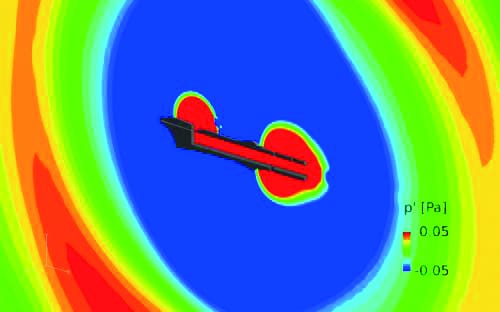Sound field around recorder identified
The complicated physics behind a rather simple instrument

Anyone who’s ever been to a primary school music recital may well have got the impression that the recorder is a rather simple instrument.
The physics behind it, however, is incredibly complicated.
Using a powerful supercomputer running for two weeks, a group led by Hiroshi Yokoyama from Toyohashi University of Technology in Japan have determined the complex nature of the sound field around a recorder and other air reed instruments for the very first time.
When the musician bows into an air reed instrument, standing waves are created within the tube, causing it to resonate.
Covering and uncovering holes changes the wavelengths the instrument will resonate at, producing different pitched notes.
A recorder contains a small slit just below the mouthpiece called the knife edge, which splits the airflow going in and out of the recorder.
This creates highly nonlinear effects, forming turbulent vortices, which are extremely chaotic, and require huge computing power to model accurately.
Using computational fluid dynamics techniques, the team determined how this behaviour creates pressure waves that emanate from the instrument.
Importantly, they also predicted how the sound propagates through the air, forming a far-field pattern that is heard by the audience.
The work was presented at an annual conference on noise control engineering in Melbourne, Australia.
The research was done in collaboration with instrument makers Yamaha, who hope this new understanding could help them to design instruments with a better sound quality.









